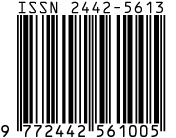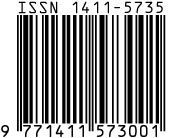Alternative Model of Cellular Immune Reactions in Insect
Abstract
The cellular immune reactions involve mainly the insect blood cells or hemocytes and consist of adhesive reactions of hemocytes against microbes or parasites. Among these various hemocytes, the granulocytes and plasmatocytes are thought to be the most important hemocytes involved in insect cellular defense. According to the number and size of the foreign invaders in the insect hemocoel, three major cellular defense reactions can be classified: Phagocytosis, encapsulation and nodule formation. Many of the initial interactions leading to coagulation and phagocytosis reactions in insects are sugar-lectin binding reactions, involving homeostasis- and defense-related receptors, such as scavenger receptors and mucin-like immune receptors. However, the mechanism that cause the formation of endocytotic vesicles are not known. The major aims of this study are 1) To test the induction of cell-spreading and macropinocytosis, 2) To investigate the role of lectins in coagulation reaction. The observations suggest that in the presence of lectins hemocytes can either form coagulation products, such as globules, or perform cellular functions, such as adhesion and macropinocytosis. Since coagulation and cell activities are quite disparate processes, the balance between the two types of reactions is quite relevant for the overall outcome. In cell-free hemolymph (plasma) only coagulation reactions occur in the presence of externally added GalNAc-specific lectins.
Published
2008-07-04
How to Cite
SARJAN, Muhammad.
Alternative Model of Cellular Immune Reactions in Insect.
Jurnal ILMU DASAR, [S.l.], v. 9, n. 2, p. 188-197, july 2008.
ISSN 2442-5613.
Available at: <https://jurnal.unej.ac.id/index.php/JID/article/view/148>. Date accessed: 25 nov. 2024.
Issue
Section
General
Keywords
Cellular; immune; insect; lectin











